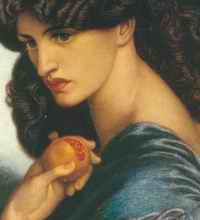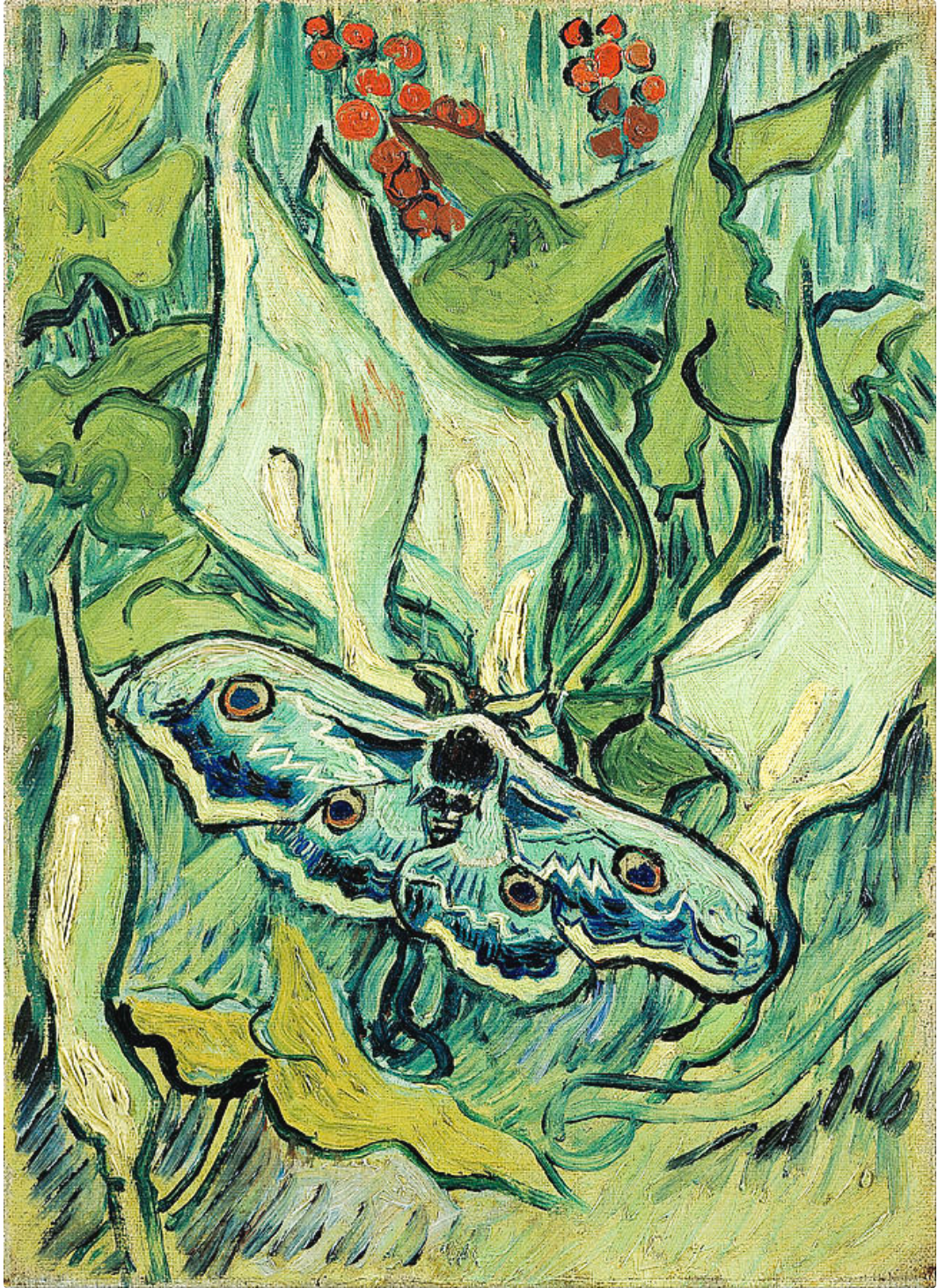Post 2/2 (this follows from the previous post)
Wayne Thibaud in a recent rather interesting talk spoke about the magic of having a flat sheet of paper and being able to create the sense of space on that sheet. In other words use 2D to create 3D effect.
In a book I just finished about Australian art, it mentions somewhere that the great break through that the moderns made last century was to realise that canvases were flat, and no illusions of depth were needed.
Contrasting values here, but to my mind not contradictory. Postmodern we have the choice. It is ok to be flat, ok to be fake, it is all ok.
So here, now looking accidentally like a Wayne Thibaud food picture is the sketch I made in the last post, with depth added. Note however that it is the depth of the world that I fake here. I am not using the computer to fake the depth of the paint.
To my mind, if there is anything aesthetic at all about any of these doodles, it is that flat (the last one in the last post) one with no light & no fake anything that has the most appeal, whatever that is.








